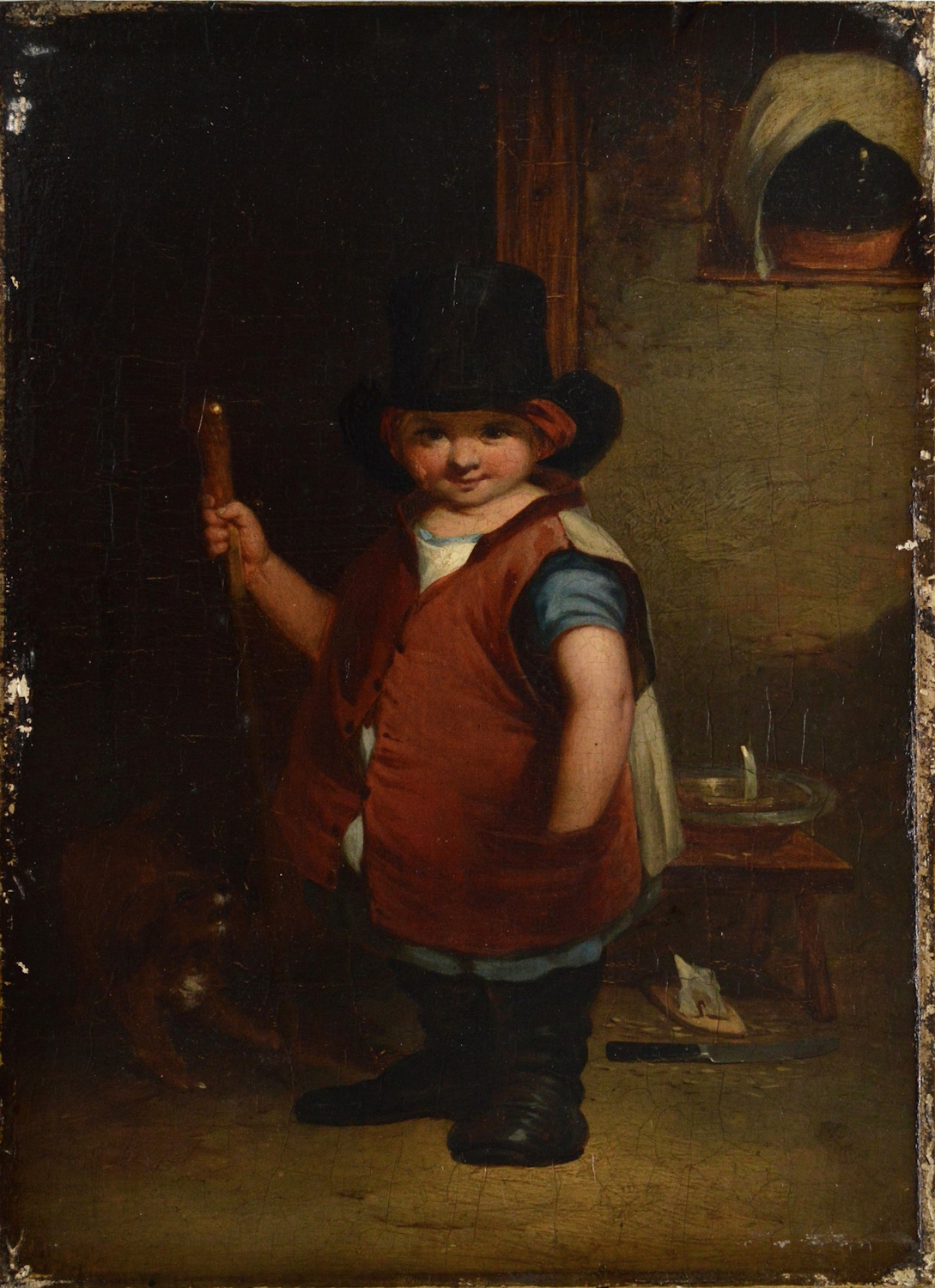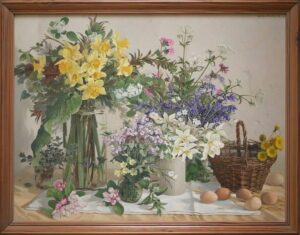Description
“The Wonderfu’ Wean”
Depicts a speaker’s adoration for their exceptional child, whose intelligence and curiosity evoke admiration. The rhyme highlights the child’s endless questions and the speaker’s attempts to answer them. The tone is affectionate and humorous, as the speaker recounts the child’s antics, including imitating their father and questioning the origins of the universe. The description of the child’s appearance and demeanor is endearing, emphasizing their wisdom and maturity beyond their years. Compared to the author’s other works, the rhyme shares a similar theme of family love and childhood, often employing a lighthearted and playful tone. Its focus on the child’s intellect and wonder aligns with the Romantic era’s emphasis on the imagination and innocence of children.
Nursery Song
The Wonderfu’ Wean
William Muller
OUR wean ‘s the most wonderfu’ wean e’er I saw,
It would tak’ me a lang summer day to tell a’
His pranks, frae the morning till night shuts his ee,
When he sleeps like a peerie, ‘tween father and me.
For in his quiet turns, siccan questions he’ll speir:-
How the moon can stick up in the sky that’s sae clear?
What gars the wind blaw? and whar frae comes the rain?
He ‘s a perfect divert–he ‘s a wonderfu’ wean.
Or who was the first bodie’s father ? and wha
Made the very first snaw-shower that ever did fa’ ?
And who made the first bird that sang on a tree?
And the water that sooms a’ the ships in the sea?–
But after I’ve told him as weel as I ken,
Again he begins wi’ his who? and his when?
And he looks aye sae watchfu’ the while I explain,–
He’s as auld as the hills–he’s an auld-farrant wean.
And folk who ha’e skill o’ the lumps on the head,
Hint there ‘s mae ways than toiling o’ winning ane’s bread;
How he’ll be a rich man, and ha’e men to work for him,
Wi’ a kyte like a bailie’s, shug-shugging afore him;
Wi’ a face like the moon, sober, sonsy, and douce,
And a back, for its breadth, like the side o’ a house.
‘Tweel I’m unco ta’en up wi’t, they mak’ a’ sae plain;–
He ‘s just a town’s talk–he ‘s a by-ord’nar’ wean!
I ne’er can forget sic a laugh as I gat,
To see him put on father’s waistcoat and hat;
Then the lang-leggit boots gaed sae far ower his knees,
The tap loops wi’ his fingers he grippit wi’ ease,
Then he march’d thro’ the house, he march’d but, he march ‘d ben,
Like ower mony mae o’ our great- little men,
That I leugh clean outright, for I couldna contain,
He was sic a conceit–sic an ancient-like wean.
But mid a’ his daffin’ sic kindness he shows,
That he ‘s dear to my heart as the dew to the rose;
And the unclouded hinnie-beam aye in his ee,
Mak’s him every day dearer and dearer to me.
Though fortune be saucy, and dorty, and dour,
And gloom through her fingers, like hills through a shower,
When bodies ha’e got ae bit bairn o’ their ain,
How he cheers up their hearts,–he ‘s the wonderfu’ wean.









